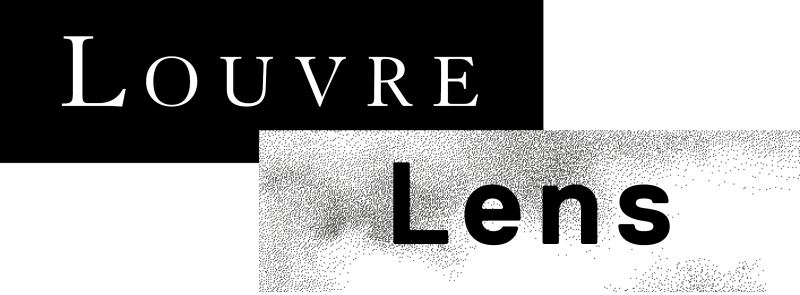This website uses cookies so that we can provide you with the best user experience possible. Cookie information is stored in your browser and performs functions such as recognising you when you return to our website and helping our team to understand which sections of the website you find most interesting and useful.
THE HYPOTHESIS OF GRAVITY Bernar Venet
11 July 2021 – 10 January 2022
The Hypothesis of Gravity is a monographic exhibition devoted to the contemporary artist Bernar Venet. This monumental work fills the 1,000 square metres of the luminous Glass Pavilion, reconfiguring the museum’s internal and external landscape.
Inside the Glass Pavilion are around one hundred corten steel beams in the form of Arches, Straight Lines, and Angles. Piled on top of each other in a jumbled accumulation on the floor, these sculptural and linear elements, simultaneously monumental and graphic, have collapsed in on each other.
In this work, Bernar Venet is putting forward the hypothesis of gravity as a formal proposition. Matter here is no longer governed by the forces of nature: the industrial motifs are arranged in a disordered way that recalls the spontaneous organisation of plants. The sculpture releases energy and a fierce beauty, offering visitors a physical and artistic experience of space that is poetic and unpredictable.
The work is a continuation of the artist’s exploration of matter, its capacity to resist and its reaction to gravity, and of the question of entropy, which is central to his work. The practice of piling and collapsing, and the use of random combinations as a form of creation, are essential to Bernar Venet’s work.
‘My Louvre-Lens installation can be seen as the most characteristic demonstration of the works that I have created in recent years. By scattering a pile of steel bars consisting of Arches, Angles and Straight lines in the Glass Pavilion in an uncontrolled and irreversible disorder, I am creating a work that is a demonstration of the non-proportional, the unconstructed and the non-pre-established.’
Bernar Venet
At the Louvre-Lens, The Hypothesis of Gravity marks a new stage in the artist’s work: here the installation is connected spatially, visually and conceptually to the Gallery of Time, a 3,000-square-metre-space where 5,000 years of art history are visible at a glance, with no partitions. The work resonates with a Cycladic idol, a marble Kouros from the temple of Asklepios, a small winged Victory moulded out of terra-cotta at the beginning of the 2nd century BC, the famous sleeping Hermaphrodite from the Pamphili collection, an Aztec statuette of an old man carved out of volcanic stone, French pleurants from the early 15th century, and a slender Diana the huntress in bronze, and the 200 other objects on display. A history of sculpture emerges, disrupted by this majestic and random arrangement created by Bernar Venet. It questions the sculptor’s very act, which aims to generate a new space through the combination of masses and voids, by adding matter or removing it, be it through modelling, accumulation or carving.
‘My work always grows out of concepts that appear antagonistic, but I prefer to describe them as complementary. That is my way of thinking, my method for discovering different solutions that are applicable to the history of sculpture. Here I am working on concepts of disorder, instability, uncertainty and entropy. As a result, I can free myself from the constructivist traditions of intuitive composition, as well as from serial arrangements, a pre-condition for the artists of Concrete Art and Minimalism. My installations no longer respect these rules which have become conventional, suggesting randomness as the rule of the game.’
Bernar Venet
‘Bernar Venet’s random installation, which has no base and is penetrable and non-manufactured, disrupts our vision of the Gallery of Time, revealing a history of sculpture renewed.’
Marie Lavandier, director of the Musée du Louvre-Lens
Bernar Venet
Born in 1941 in Château-Arnoux Saint-Auban in the Alpes de Haute Provence, Bernar Venet lives and works in Muy in the Var.
Bernar Venet is a French artist known for his sculptures of Arches, Angles, Straight Lines and Indeterminate Lines and also for his experiments with such materials as coal and tar in the early 1960s and the use of the sciences and the language of mathematics in his works. From 1966 onwards, he was one of the early pioneers of Conceptual Art in New York, where he lived at the time. Executed for the first time in 1963 when he was only 22 years old, the Pile of Coal – exhibited at the ‘Soleils Noirs’ exhibition at the Louvre-Lens in 2020 – is a sculpture with no base and without a form dictated by the artist. Consisting of a huge pile of rubble, it was one of the first examples of non-composition in his oeuvre. In 2014, he created the Venet Foundation.



